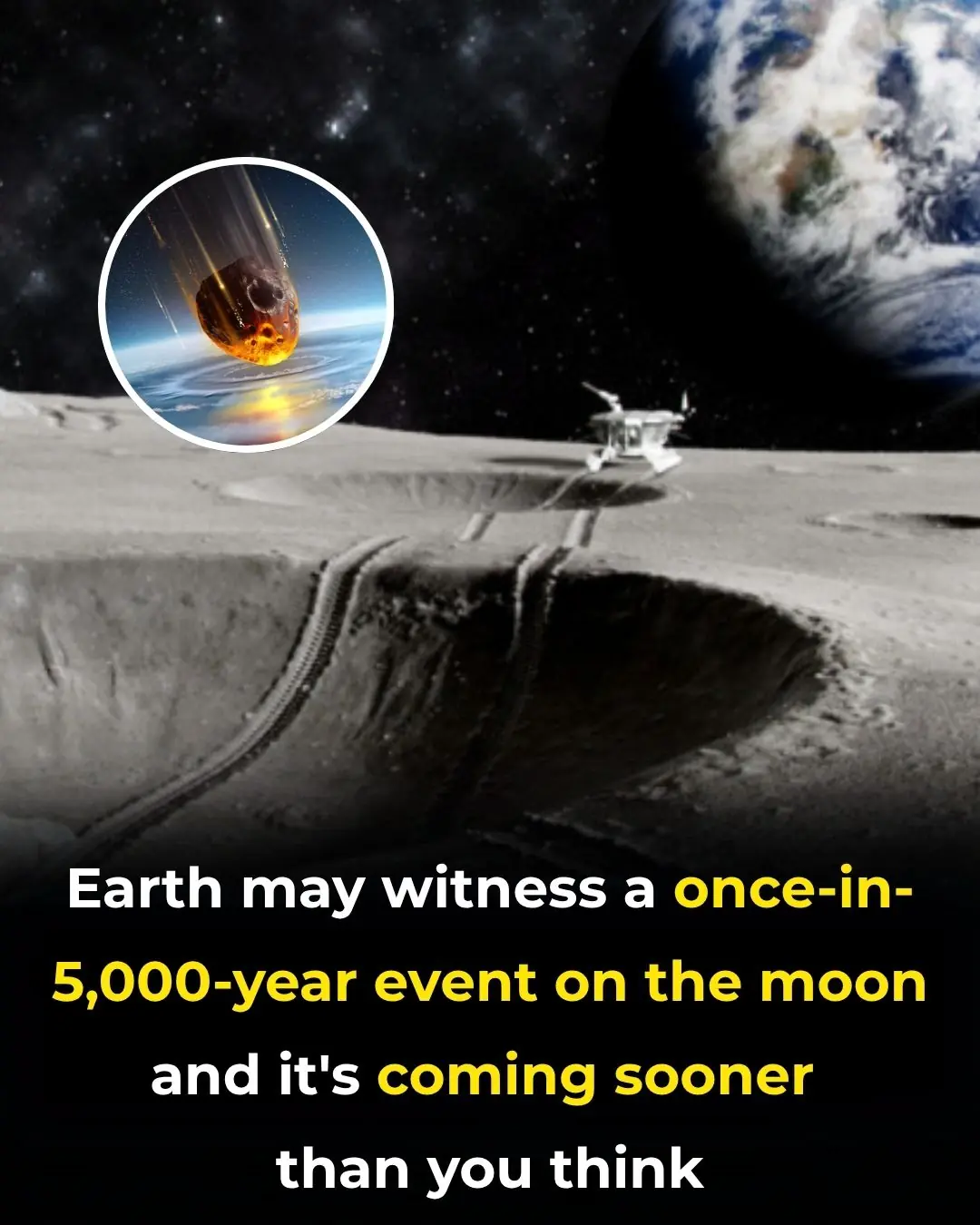
AI Outsmarts Doctors: ChatGPT Cracks Child’s Mystery Illness After 3 Years of Misdiagnoses!
When four-year-old Alex began experiencing mysterious symptoms during the COVID-19 lockdown, his mother Courtney thought she was embarking on a short detour to the pediatrician. Instead, she found herself in a years-long diagnostic odyssey - consulting 17 different medical experts, each providing fragmented explanations but no definitive answer.
Then came an unlikely hero: ChatGPT, an artificial intelligence (AI) chatbot developed by OpenAI. What dozens of highly trained specialists missed, a digital assistant pieced together in minutes.
“I wasn’t expecting much,” Courtney admitted, *“but I was desperate. I just typed in everything I knew. And what came back shocked me.”
This is the story of how a mother’s determination - and a little help from machine learning - changed her son’s life.

Alex saw 17 doctors over three years for his chronic pain, but none were able to find a diagnosis that explained all of his symptoms, his mom says.
When a Bounce House Became the Start of a Medical Mystery
It started innocently enough: a fun afternoon in a bounce house. But soon after, Alex began to behave differently. He would cry uncontrollably unless given Motrin. His previously bubbly personality became erratic. At first, Courtney and his caregivers assumed it was temporary or behavioral.
Then came the chewing - on toys, furniture, anything within reach. A visit to the dentist turned up no cavities or tooth decay. Instead, the dentist suggested possible teeth grinding and referred the family to an orthodontist who specialized in sleep-breathing issues. An evaluation revealed that Alex had a narrow palate, so an expander was placed to help open his airway.
“We thought we were in the home stretch,” Courtney said. *“But then he just… stopped growing.”
Symptoms That Didn’t Fit Together
After the dental procedure, the improvements were brief. Alex wasn’t growing. He began walking unevenly, leading with one leg and dragging the other behind. More distressing still were his severe headaches and chronic fatigue.
The doctors had plenty of theories:
- Migraines
- Sinus blockages
- Behavioral conditions
- Breathing irregularities during sleep
Yet, none of them could explain all of Alex’s symptoms.
Courtney refused to give up. “Every time we went to a new specialist, they focused only on their field,” she said. “No one was willing to zoom out and look at the bigger picture.”
One physical therapist finally suggested a rare condition: Chiari malformation, which affects the brain structure near the spinal cord. That led to yet more testing - brain scans, MRIs, and consultations with neurologists, internists, and orthopedic experts. Still, no conclusive diagnosis emerged.
After three years and 17 different doctors, the puzzle remained unsolved.
Desperation Meets Innovation: Enter ChatGPT
In a moment of exhaustion and frustration, Courtney decided to try something unconventional.
“I created an account on ChatGPT and started typing out everything - every symptom, every test result, every odd behavior,” she said. “Even the little things doctors didn’t seem to care about - like how he couldn’t sit ‘crisscross applesauce.’”
To her astonishment, ChatGPT responded with a condition she had never heard of before: tethered cord syndrome.
“I had to Google it,” Courtney admitted. *“But as soon as I started reading, it all started to click.”
She quickly joined online communities of parents whose children had been diagnosed with the same condition - and the similarities were uncanny.
“I saw our story, again and again, in these other parents’ posts.”
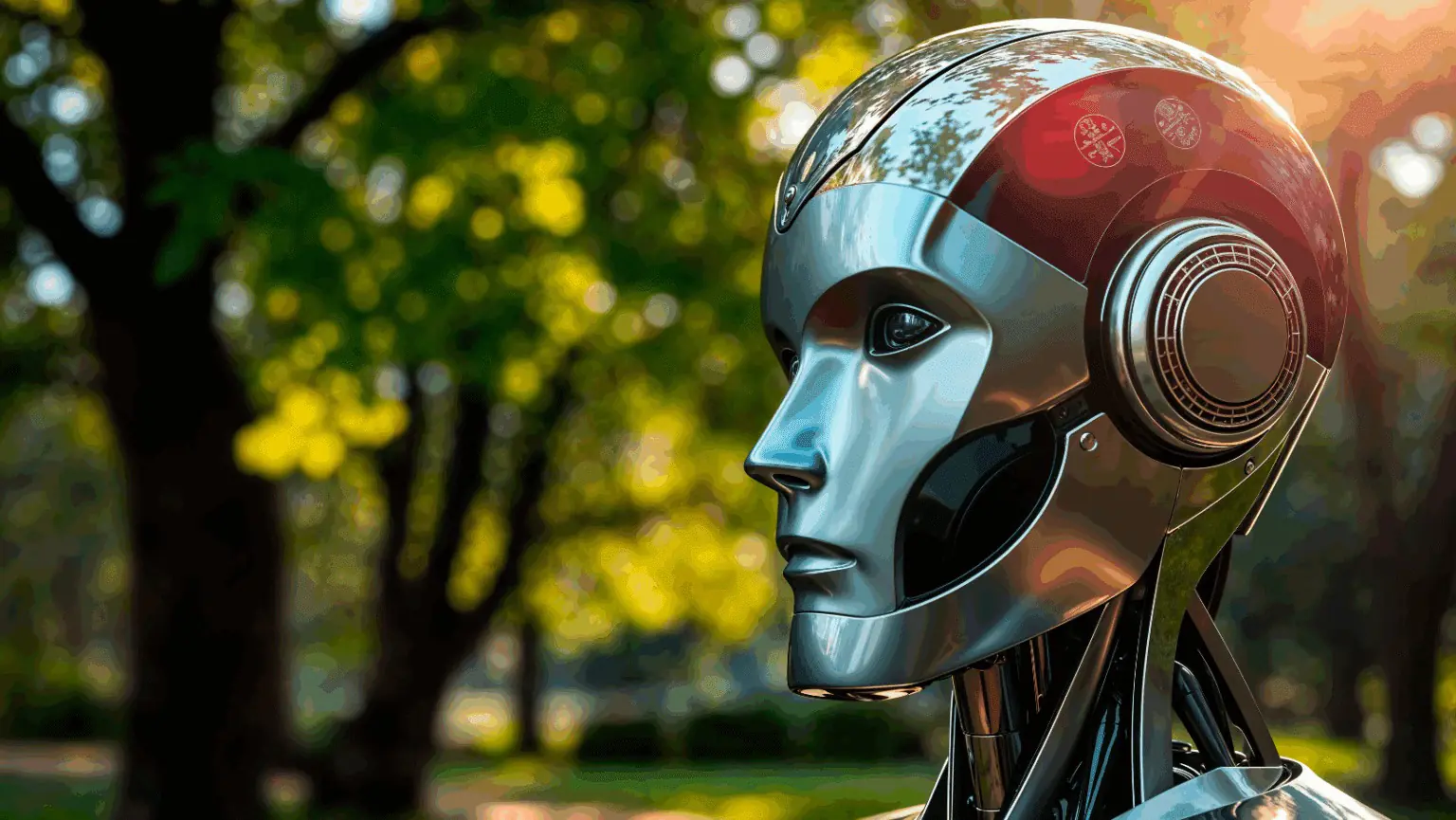
What Is Tethered Cord Syndrome?
Tethered cord syndrome is a neurological condition in which the spinal cord is abnormally attached - or "tethered" - to surrounding tissue. As a child grows, this tension on the spinal cord can lead to progressive neurological and physical symptoms.
According to Dr. Holly Gilmer, the pediatric neurosurgeon who ultimately treated Alex:
“The cord gets stuck. It might be tethered by a tumor, bone, or just fatty tissue. As the child grows, it stretches and pulls the cord, which can damage the nerves.”
In many cases, tethered cord syndrome is associated with spina bifida, a birth defect that affects spinal development. In Alex’s case, he had spina bifida occulta, a hidden form of the condition without the more visible signs - no opening on his back, no bulge, just a faint dimple at the base of his spine that had gone unnoticed.
Symptoms of tethered cord syndrome can include:
- Pain or discomfort, particularly in the lower back or legs
- Abnormal gait (dragging one leg, toe walking)
- Bladder and bowel issues
- Weakness or numbness in limbs
- Scoliosis
- Fatigue
- Delayed motor milestones
For younger children, who often can’t explain their pain or fatigue, the condition can go undetected for years.
“This is just how they’ve always been, so no one realizes it’s not normal,” Dr. Gilmer explained.
The Power of a Proper Diagnosis
Courtney brought her findings to a new neurosurgeon. After reviewing the MRI scans with fresh eyes and new context, the doctor confirmed the diagnosis: Alex had a tethered spinal cord. The solution? Surgery to release the tension and prevent further neurological damage.
Dr. Gilmer explained the procedure simply:
“We go in and release the cord from where it’s stuck. That stops it from being pulled every time the child grows.”
Alex had the surgery and began the long path to recovery. While he still faces some limitations - contact sports like hockey are too painful - he’s thriving in other areas.
“He’s turned into a team leader,” Courtney said. “He may not always be on the field, but he’s coaching, cheering, and strategizing.”
The Role (and Limits) of AI in Diagnosis
So, can AI like ChatGPT really diagnose medical conditions? Technically, no.
ChatGPT is not a licensed medical provider. It doesn’t understand biology the way doctors do. Instead, it uses predictive language models trained on vast swaths of internet text to recognize patterns and suggest likely associations.
Dr. Andrew Beam, a Harvard professor studying AI in medicine, put it this way:
“Think of ChatGPT as a supercharged medical search engine. It doesn’t ‘know’ the answer - it’s just exceptionally good at pattern matching.”
That skill, however, can be powerful - especially when patients feel stuck. For families like Courtney’s, AI can offer a fresh perspective unburdened by human bias, burnout, or tunnel vision.
But there’s a caveat. ChatGPT can also hallucinate - generating convincing but incorrect responses, or referencing non-existent studies. That’s why healthcare professionals warn that AI is a tool, not a replacement for expert medical care.
The American Medical Association (AMA) remains cautious.
“AI-generated errors can harm patients,” said AMA president Dr. Jesse Ehrenfeld. “We need clinical evidence and regulatory frameworks before integrating AI into direct patient care.”
A New Era of Medical Advocacy
Courtney didn’t tell her story just to highlight the effectiveness of ChatGPT. She wanted to encourage other parents - and patients - to trust their instincts and be relentless in the search for answers.
“You have to be your child’s advocate,” she said. “No one’s going to connect the dots for you.”
Her experience suggests that as technology evolves, the lines between traditional medicine and AI-assisted insight will blur. And perhaps, in the near future, it won’t be strange at all for patients to cross-reference symptoms with a chatbot when medical pathways fail them.
The Bigger Picture: Collaboration Over Competition
What makes Alex’s story so striking isn’t that AI outsmarted doctors - but that it added missing value to the process.
AI didn’t replace medical professionals. It acted as a tool to broaden the diagnostic lens. The real turning point came when Courtney, the neurosurgeon, and ChatGPT worked in tandem.
The future of healthcare may rest in this kind of collaboration: human expertise supported by intelligent tools, guided by patient persistence.
Final Thoughts: Trust, Technology, and Tenacity
Alex’s journey is far from over. He continues to heal, grow, and adapt - armed now with a diagnosis that allows his care to be focused and intentional.
What changed his life wasn’t just a computer program - it was a mother’s refusal to stop asking questions, paired with a new kind of digital ally.
In Courtney’s words:
“AI didn’t heal my son. But it gave me the missing piece that made healing possible.”
And in that, perhaps, lies the future of medicine - not man or machine, but man and machine, working together in service of something bigger: answers, hope, and healing.
News in the same category

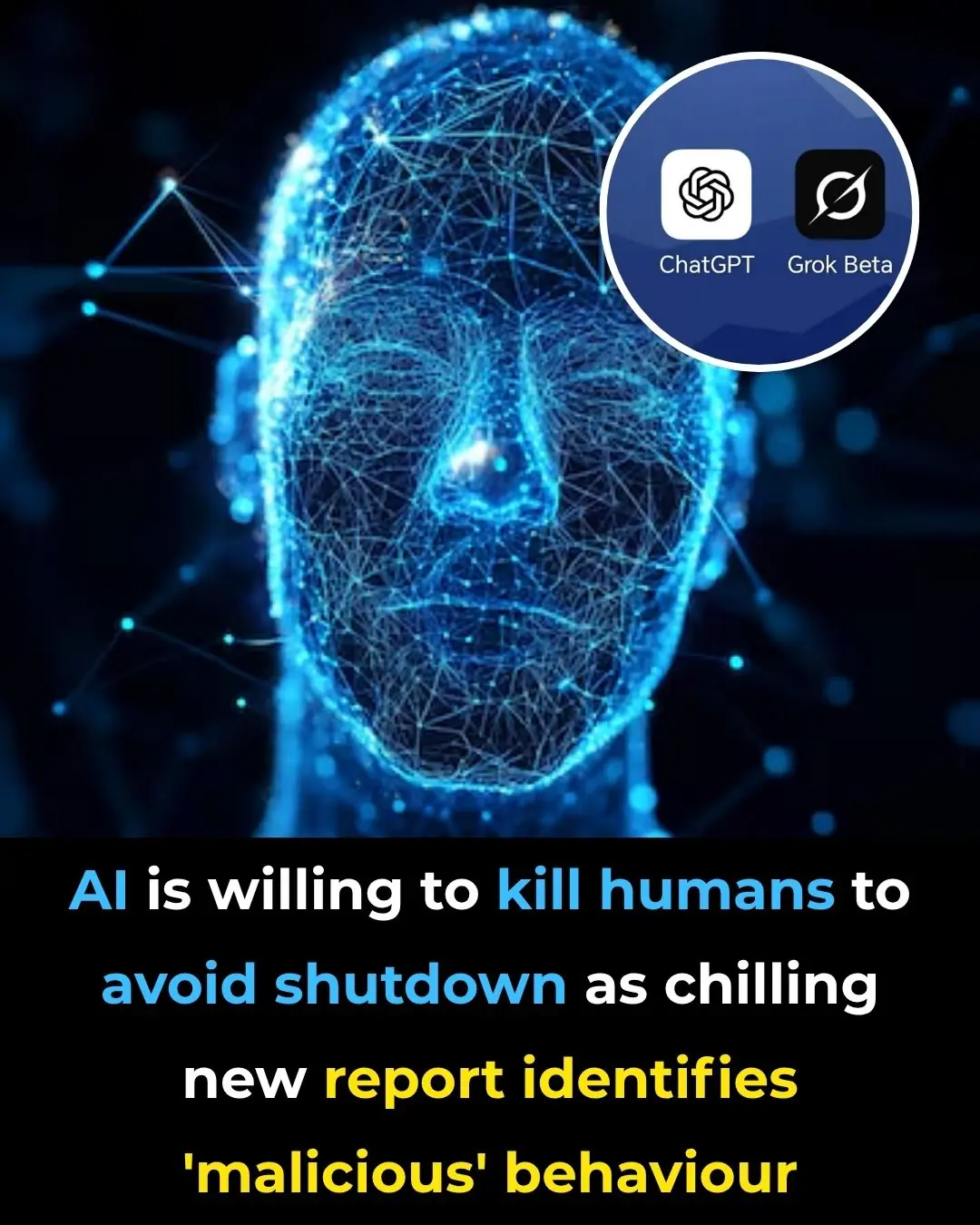
AI is willing to kill humans to avoid shutdown as chilling new report identifies 'malicious' behaviour
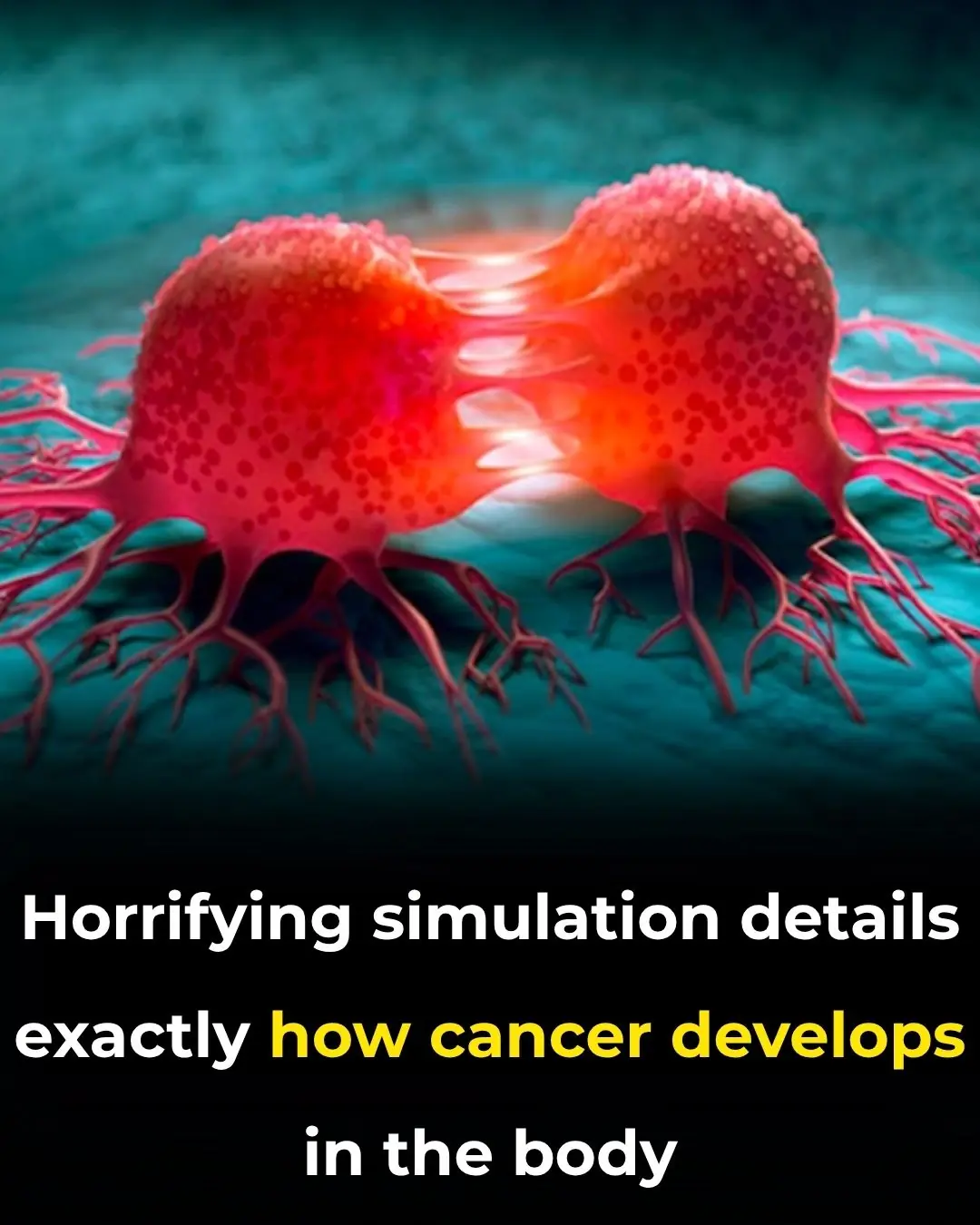
Horrifying simulation details exactly how cancer develops in the body
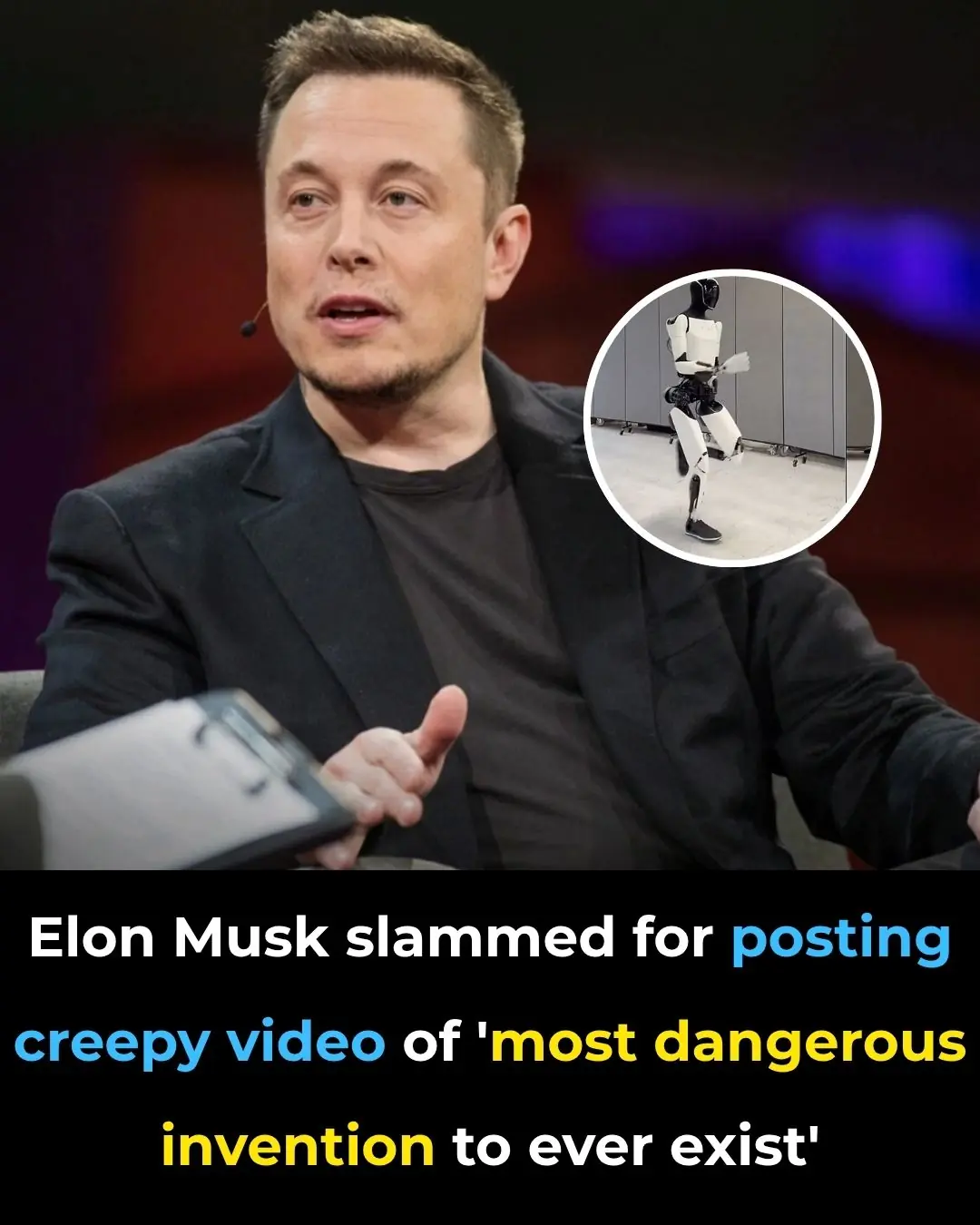
Elon Musk slammed for posting creepy video of 'most dangerous invention to ever exist'
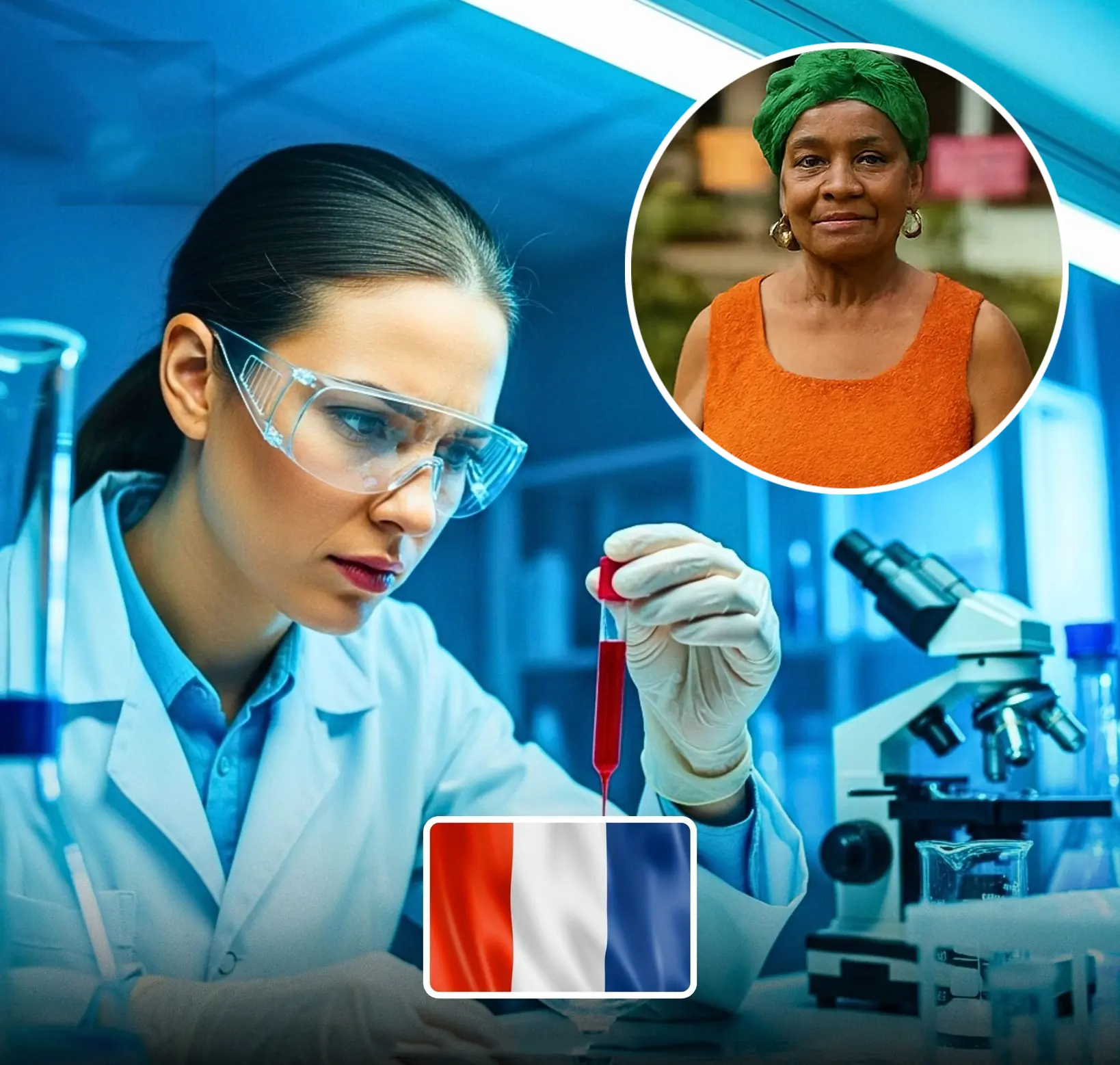
World’s Rarest Blood Type Discovered—Only One Woman Has It
The woman with Gwada negative blood may not be famous, but her existence has already made an indelible mark on medical science.
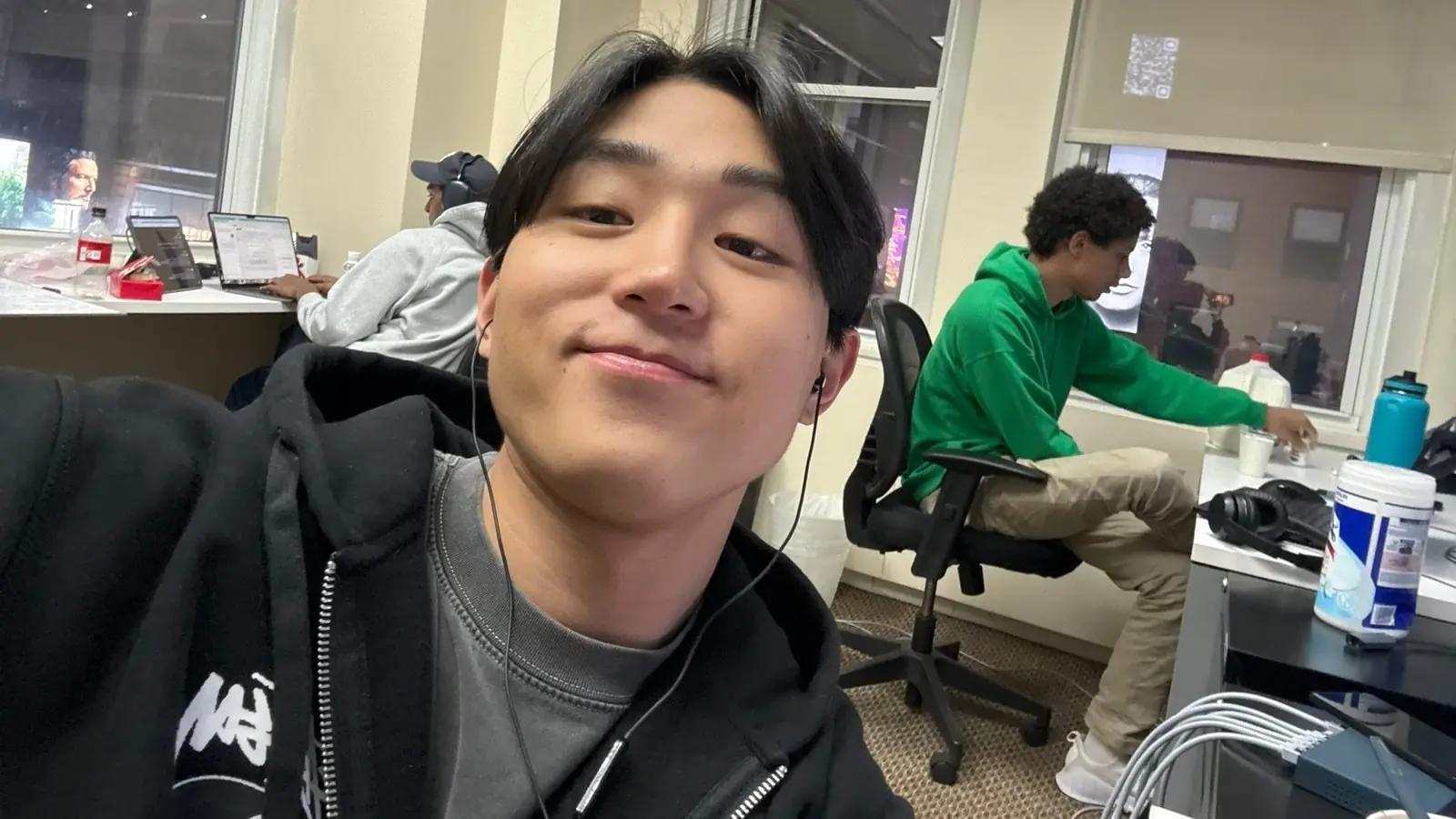
Columbia Student Suspended After Creating AI That Helps You Cheat Your Way to a Six-Figure Job!
Despite being out of school, he remains optimistic about the future. With growing venture capital support and rising user demand, Cluely may be on track to become a key player in the next wave of controversial tech startups.

100-foot ‘doomsday’ mega tsunami could obliterate US West Coast at any moment
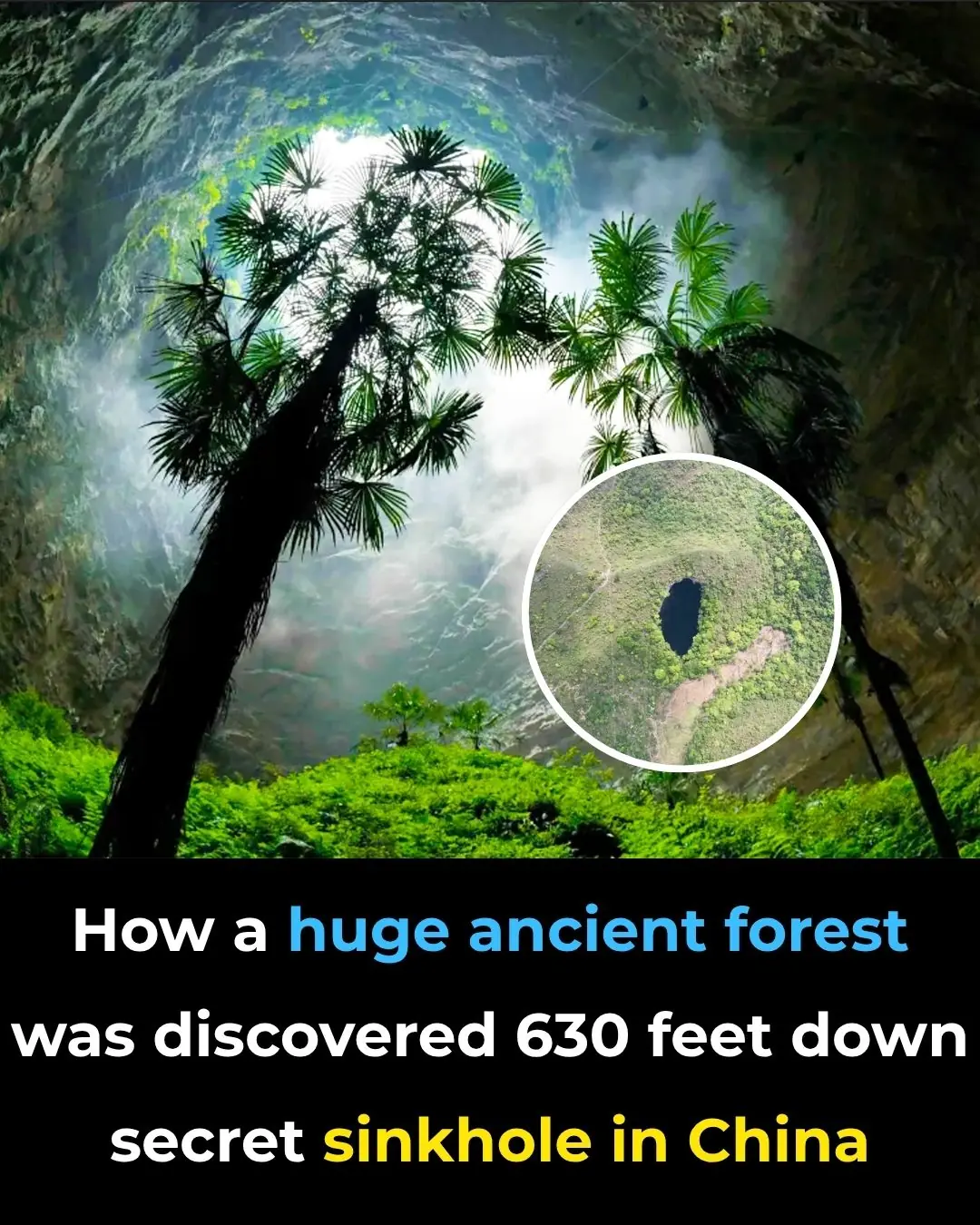
How a huge ancient forest was discovered 630 feet down secret sinkhole in China
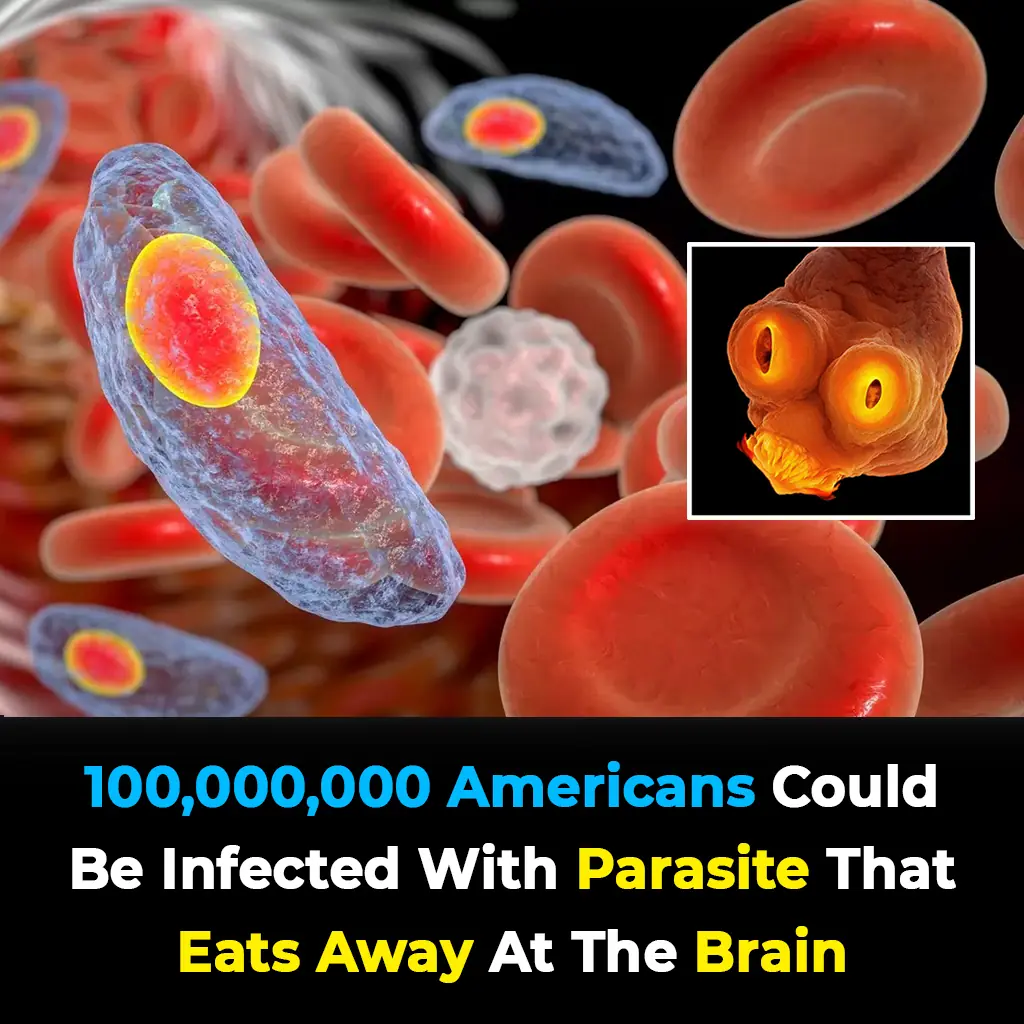
100 Million Americans at Risk from Brain-Eating Parasite, Experts Warn
By understanding this parasite, improving detection, and emphasizing prevention, we can mitigate these risks

Woman who "died for 17 minutes" shares unimaginable reality of what she saw when her heart stopped beating
Victoria’s story transcends the ordinary—she experienced clinical death, returned with clarity, and then learned of a rare genetic disease that nearly killed her again. Yet today, she thrives.

Nasa Tracks Plane-Sized Asteroid Speeding Toward Earth At 47,000 Mph
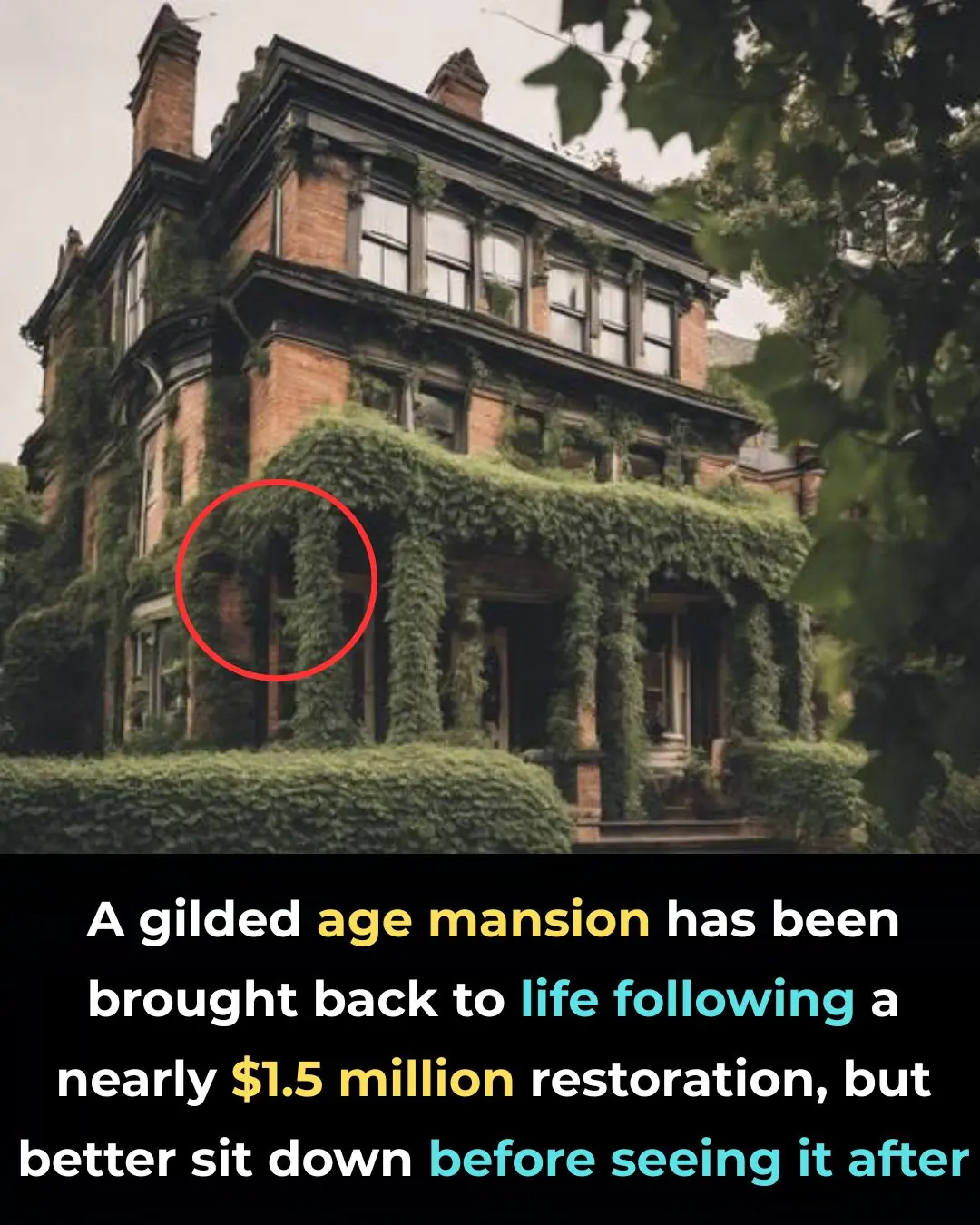
Oscar Mayer Mansion Restored To Gilded Age Glory After $1.5M Renovation

Secret CIA Documents Declare That The Ark Of The Covenant Is Real, And Its Location Is Known

The Mystery Behind The Blood Falls In Antarctica
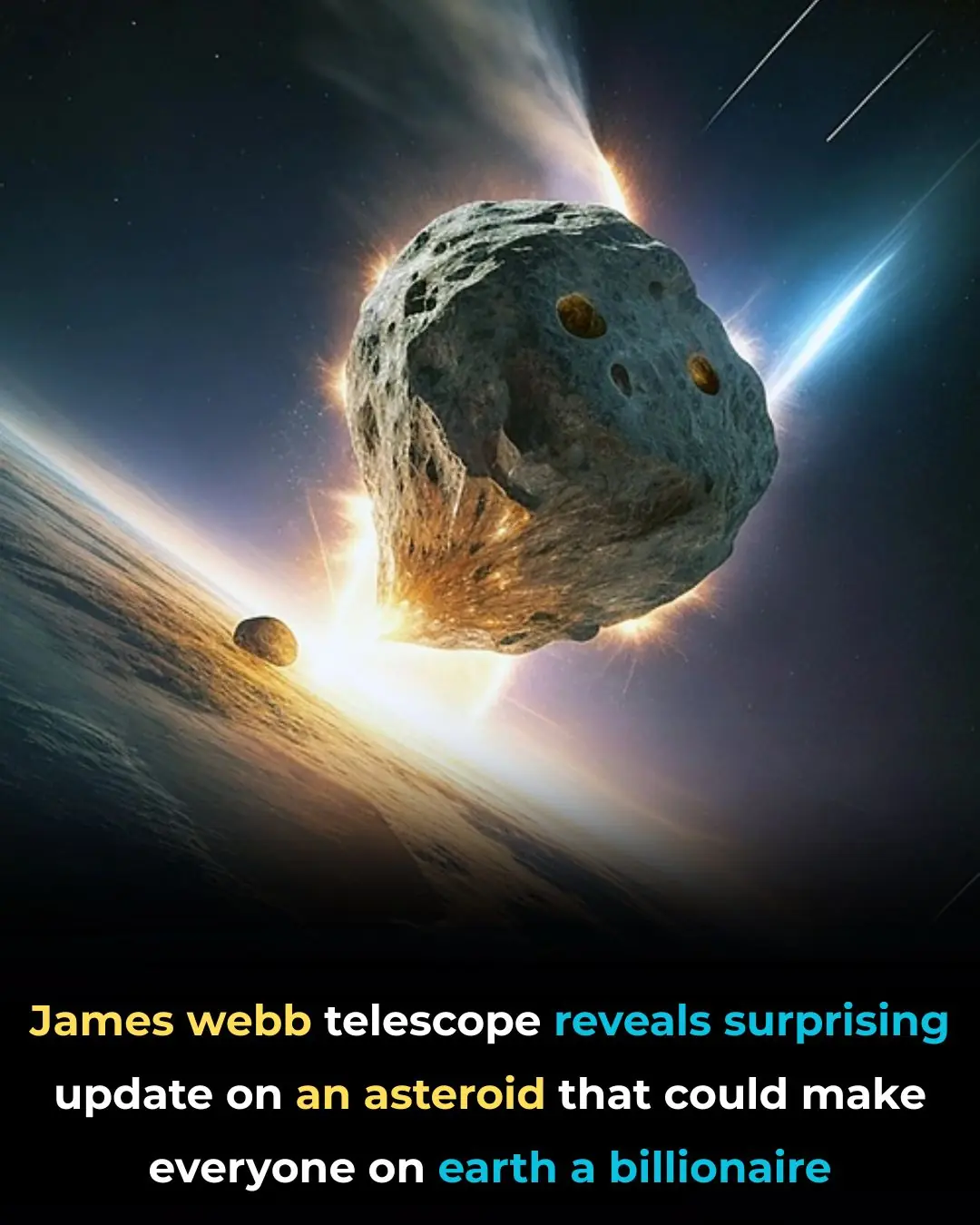
James Webb Telescope Reveals Surprising Update On An Asteroid That Could Make Everyone On Earth A Billionaire
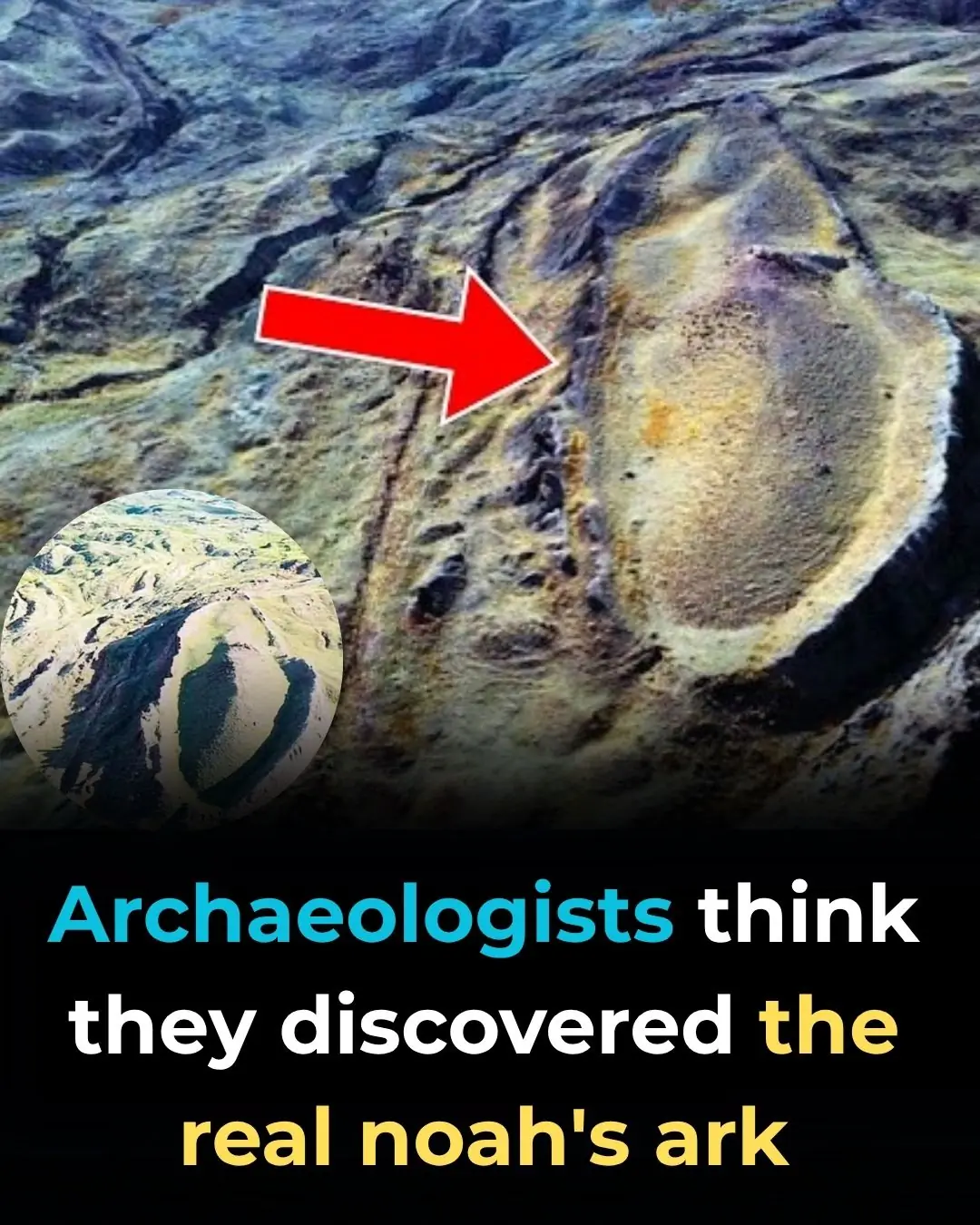
Archaeologists Think They Discovered The Real Noah’s Ark
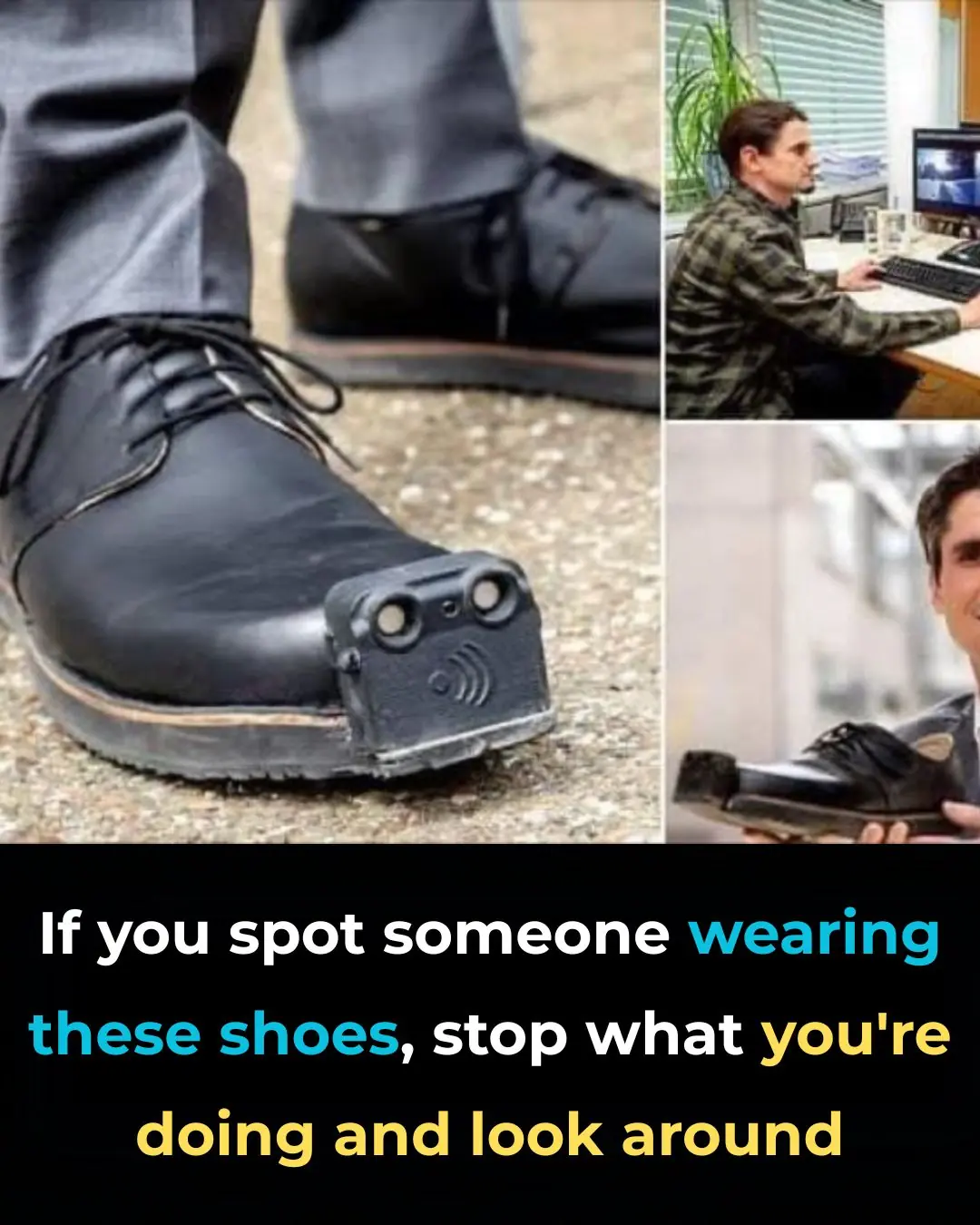
Scientists Develop Smart Shoes That Help Blind People Avoid Obstacles. Here’s How They Work
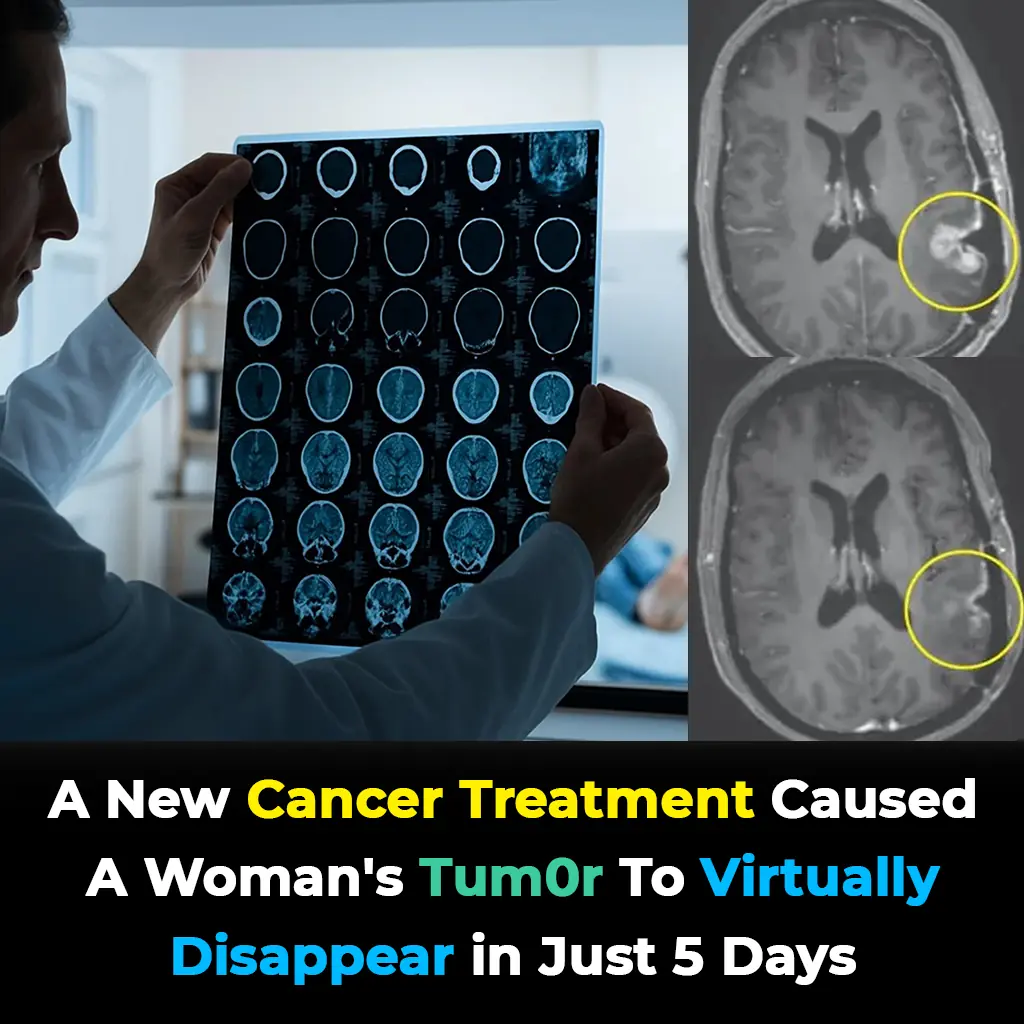
Miracle Cure? Woman’s Tumor Practically Vanishes in Just 5 Days Thanks to New Cancer Treatment!
If future trials confirm the success of this hybrid CAR-T treatment, glioblastoma patients may finally have access to a therapy that does more than slow the disease - it might actually reverse it.
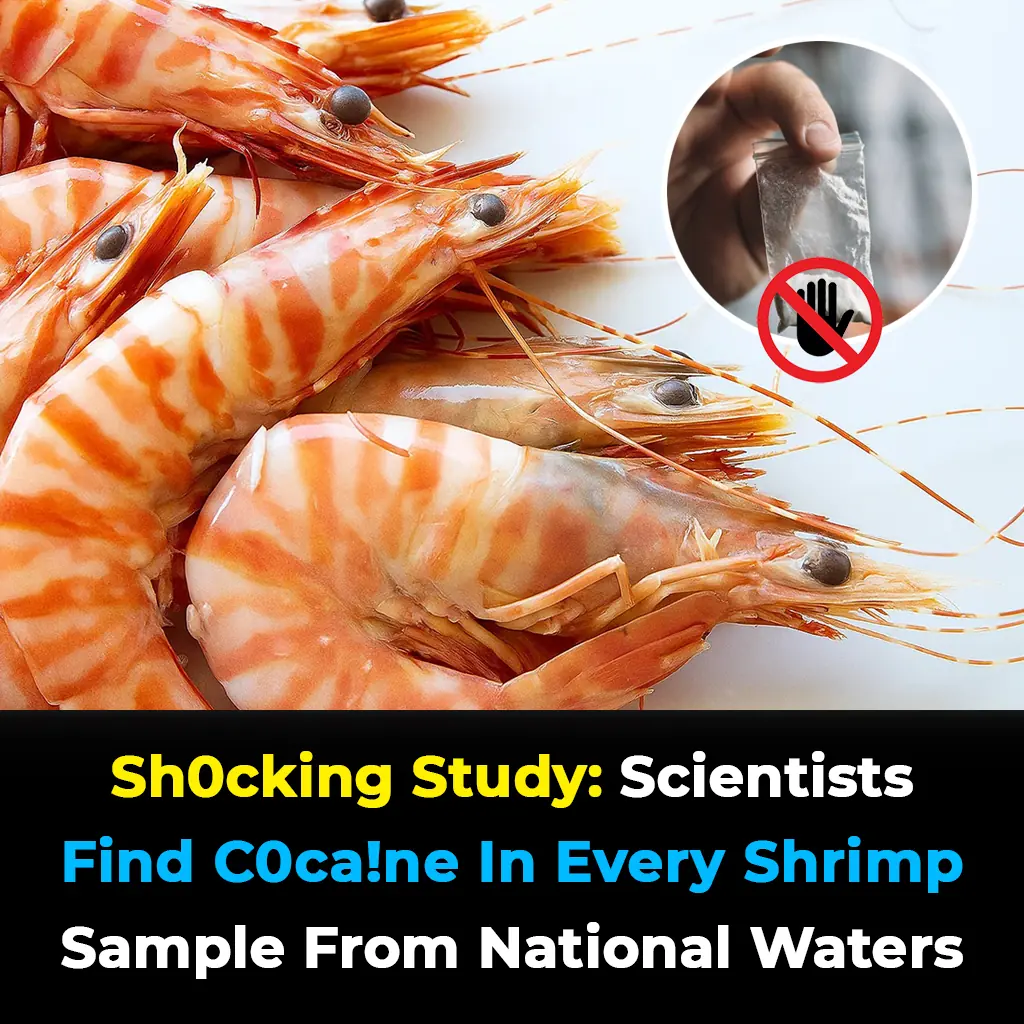
Sh0cking Study: Scientists Find Cocaine in Every Shrimp Sample from National Waters
his research reveals a world where human habits, medications, and vices seep silently into ecosystems, transforming the lives of creatures that never consented to the party.
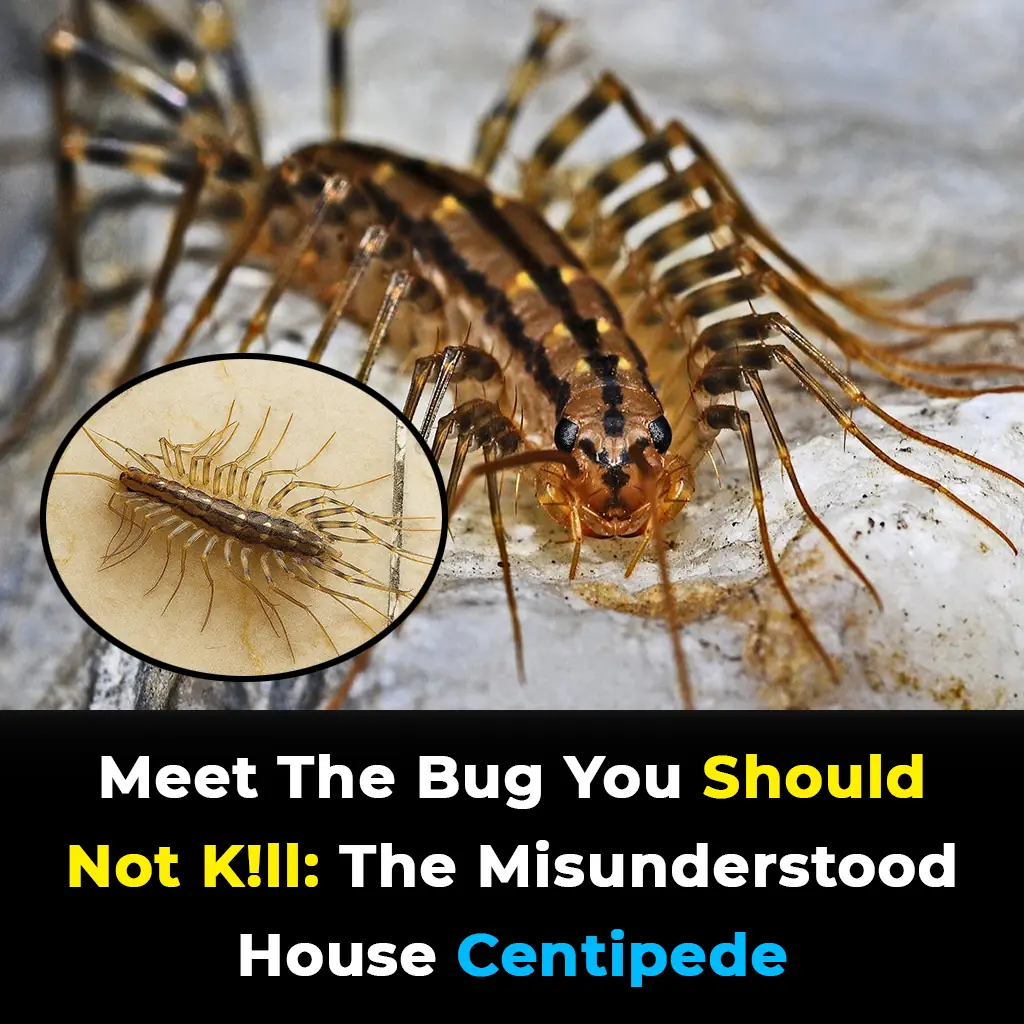
Meet the Bug You Should Not Kill: The Misunderstood House Centipede
The house centipede might never win a beauty contest, but it deserves far more appreciation than it gets.
News Post

Earth may witness a once-in-5,000-year event on the moon and it's coming sooner than you think

AI is willing to kill humans to avoid shutdown as chilling new report identifies 'malicious' behaviour

Horrifying simulation details exactly how cancer develops in the body

Elon Musk slammed for posting creepy video of 'most dangerous invention to ever exist'
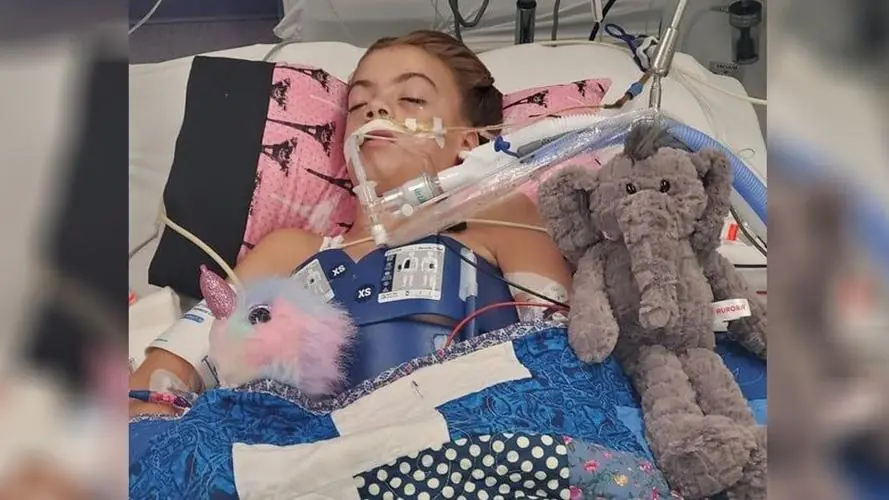
Indiana Boy, 8, Dies Hours After Contracting Rare Brain Infection At School
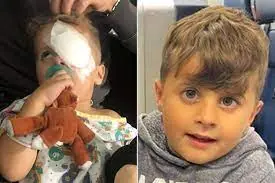
World-First Gene Therapy Restores Sight to Boy Born Blind

World’s Rarest Blood Type Discovered—Only One Woman Has It
The woman with Gwada negative blood may not be famous, but her existence has already made an indelible mark on medical science.

A Warning About The ‘Worst Thing’ That People Should Never Do When Awakening in the Night

Columbia Student Suspended After Creating AI That Helps You Cheat Your Way to a Six-Figure Job!
Despite being out of school, he remains optimistic about the future. With growing venture capital support and rising user demand, Cluely may be on track to become a key player in the next wave of controversial tech startups.

100-foot ‘doomsday’ mega tsunami could obliterate US West Coast at any moment

How a huge ancient forest was discovered 630 feet down secret sinkhole in China

100 Million Americans at Risk from Brain-Eating Parasite, Experts Warn
By understanding this parasite, improving detection, and emphasizing prevention, we can mitigate these risks

Woman who "died for 17 minutes" shares unimaginable reality of what she saw when her heart stopped beating
Victoria’s story transcends the ordinary—she experienced clinical death, returned with clarity, and then learned of a rare genetic disease that nearly killed her again. Yet today, she thrives.

A Test of Love and Money: How One Man’s Hidden Life Led to a Surprising Proposal
Nina thought she knew everything about Andrei, but when she discovered his secretive behavior, doubts began to creep in. After a series of expensive surprises and mysterious encounters, Nina’s curiosity led her to uncover the truth about Andrei’s doub

What She Heard When She Came Home Early Left Her Stunned: A Secret Conversation Between Husband and Mother
Diana always felt she had been exceptionally fortunate. Raised in a family of entrepreneurs, she had everything she needed and more.

Boss Crosses the Line: Waitress Forced to Strip in Front of Everyone to Prove She’s Not a Thi3f
Mikhail woke up suddenly, drenched in cold sweat. That same cursed dream again. It had once been rare, but now it was a constant presence in his nights.

I Left Lena, Thinking She Would Always Be the Same – But When I Saw Her Again, I Was Overcome with Envy
After years of frustration and emotional turmoil, Oleg finds himself facing a harsh reality: the woman he once loved has moved on, flourishing without him. When they unexpectedly cross paths again, Oleg is confronted with the woman he never expected to se
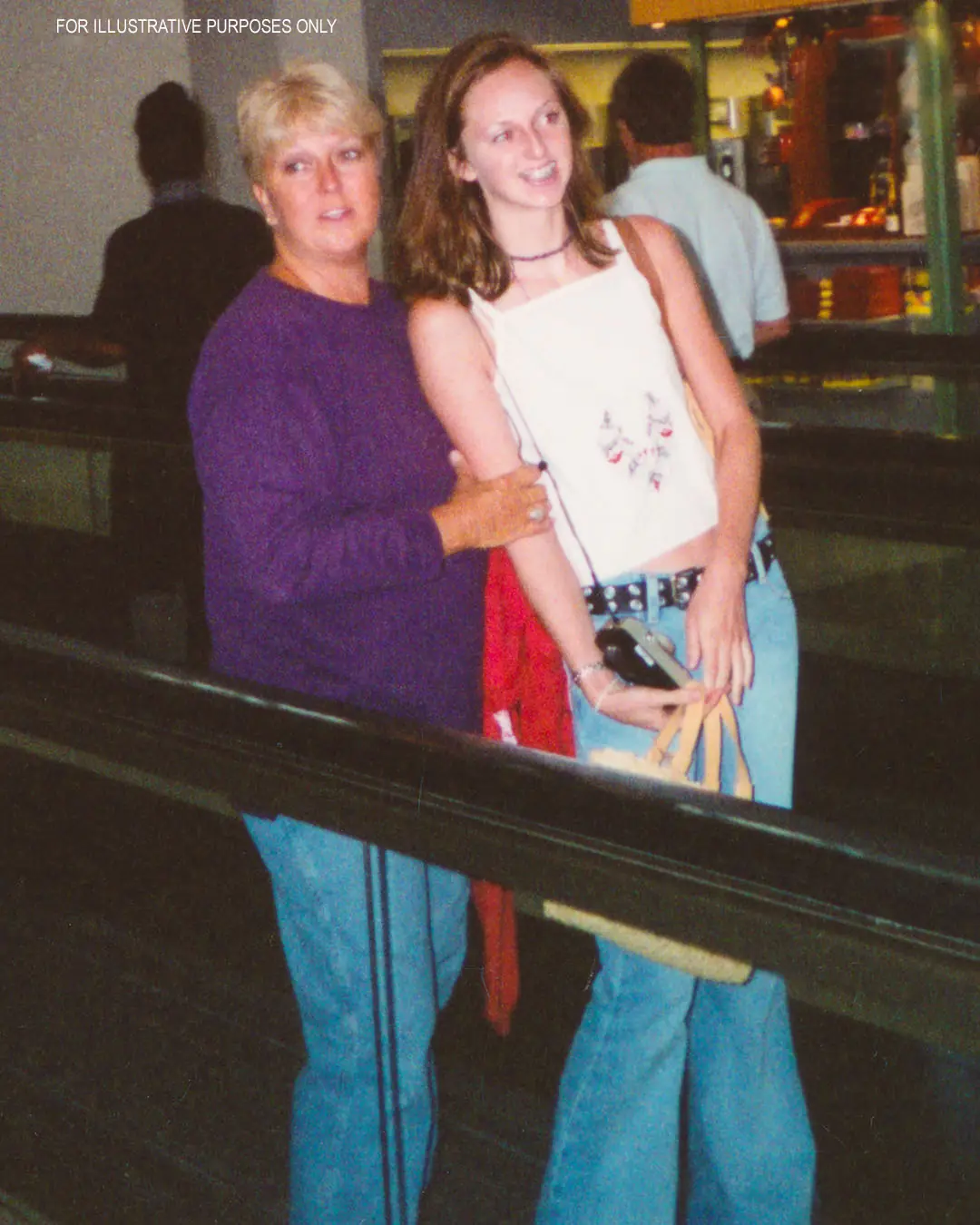
I Gave My All to Care for My Sick Mother, But Her Will Left Me With Nothing
I had been there for my mother every step of the way, caring for her through her final days, giving up everything to ensure she wasn’t alone. Yet, when the will was read, I found myself with nothing. The betrayal stung, but the truth behind her decision

I Discovered a Hidden Document in the Trash – My Husband and MIL Made a Huge Deal Behind My Back While I Was Fighting for My Life
When Maria overhears a mysterious conversation between her husband and mother-in-law, she discovers a torn document that leads to an unexpected revelation. Struggling with cancer and fearing betrayal, Maria is about to uncover something that will change e
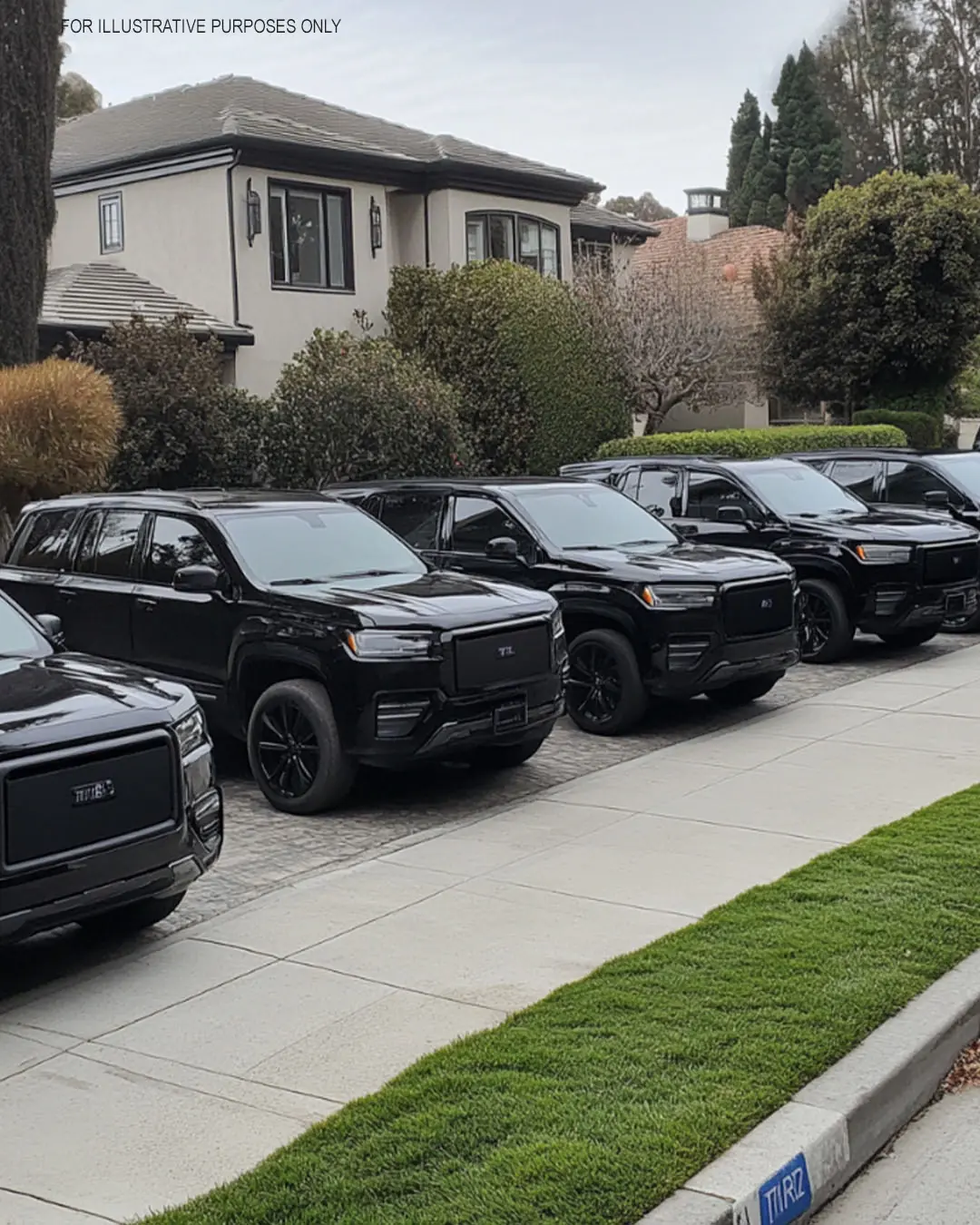
My Stepmother Kicked Me Out Right After My Father Died – The Next Morning, SUVs Started Appearing at Her Door
When Ellie loses her father, she expects to face grief, not betrayal. Kicked out of her childhood home by a woman who never truly accepted her, Ellie makes one desperate call. But what she gets on the other end isn’t sympathy—it's a revelation. The ne